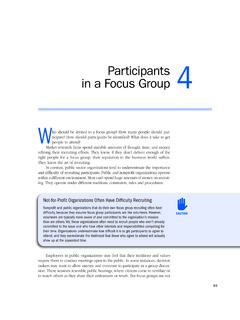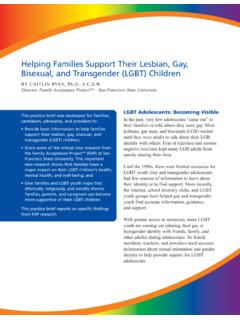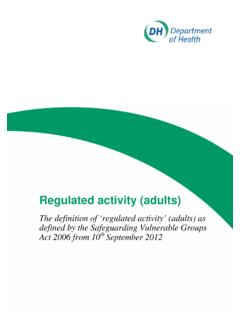Transcription of Children and Young People’s Mental Health Services ...
1 Raising standards through sharing excellenceChildren and Young people s Mental Health Services Workforce Report for Health Education EnglandNational reportNovember 202112 ContentsExecutive Summary3 Introduction and background4 Project process5 Project participation profile6 Size of workforce across sectors7 NHS Workforce9 Analysis of workforce growth10 Independent Sector23 Local Authorities27 Voluntary Sector 31 Youth Offending Teams35 Vacancies39 Staff demographic47 Skills & Training57 Service Model63 Conclusions and further information66 Appendices69 Appendix 1 Skills and Training703 Executive SummaryThis report details the results of the third national stocktake of the Children and Young people s Mental Health (CYPMH) workforce across England.
2 The project was commissioned by Health Education England (HEE) and undertaken by the NHS Benchmarking Network (NHSBN). The project builds on previous studies conducted by NHSBN on behalf of HEE, which were undertaken in 2016 and 2019, allowing comprehensive timeseries analysis to be performed on a wide range of metrics. The 2021 national census took place on 31stMarch project recognised the multi-agency nature of CYPMHS and therefore collected data across five different sectors to provide an holistic view of CYPMH Services . These sectors were: NHS providers Independent Sector Local Authorities Voluntary Sector Youth Offending TeamsThe headline findings from the analysis are as follows: A total of 24,848 staff are employed in CYPMH Services across England, delivering a total of 20,626 WTE staff across all sectors.
3 This position equates to a 39% growth on the 14,857 WTE staff reported in the previous census on 31stDecember 2018. The NHS accounts for the vast majority of staff in CYPMH Services (75%). The NHS CYPMH workforce has seen a notable increase since 2019, with a 34% increase in headcount and a 40% increase in WTE. The majority of NHS employed staff are found in community CYPMH Services (82%). The second largest sector in terms of workforce size is the independent sector (2,293 WTE) who employ 11% of the total CYPMH staff reported in England. The voluntary sector employ 1,497 WTE staff, equivalent to 7% of the total CYPMH workforce.
4 The remaining staff are employed by Local Authorities (3% or 600 WTE), and Youth Offending Teams (4% or 790 WTE). Analysis of the demographics of the workforce show CYPMH staff are still predominantly female, the age of the workforce is relatively well distributed, and there is notable diversity in the growth in the CYPMH workforce outlined in this report should be seen in the context of the low baseline for staffing thatwas identified in the first census in 2016. Since this point, CYPMH Services have grown in response to accelerating demand for Young people s Mental Health care and the support of a range of national policy initiatives.
5 The workforce growth now evident aligns with the concerted attempts to increase capacity that were outlined in the Five Year Forward View for Mental Health and the NHS Long Term of growth in CYPMHS workforceAcross the five sectors, there are 20,626 WTE staff reported as working within CYP MH Services or in a role that supports the CYP MH service. This demonstrates a 39%growth in the total CYPMHS workforce from the 14,857 WTEreported in 2019 to 20,626 NHS is the largest delivery sector for CYPMH Services and reported a growth of 40%from 11,036 WTE in 2019 to 15,486 WTE in staff reported were working within the NHS, with 12% working in the independent sector, 7% within Voluntary Organisations.
6 And the remaining 3% within Local note that YOT staff are not dedicated CYP MH workers but staff members have been reported to have CYP MH responsibilities as part of wider and backgroundThis report outlines the findings from the third comprehensive national stocktake of the CYPMH workforce across England and builds on the previous two stocktakes conducted by the NHS Benchmarking Network in 2016 and 2019. The HEE CYPMHS workforce census exercises have become a fixed point in understanding how the Children and Young people s Mental Health workforce is developing and how national policies such as the NHS Five Year Forward View (2014) and NHS Long Term Plan (2019) impact on the size and shape of the CYPMHS report gathers data from the 2020/21 financial year which has been a unique year following the impact of the Covid-19 pandemic emerging during March 2020.
7 The data was collected across a wide range of sectors and acknowledges that CYPMH is a multi-sector and multi-agency offer that involves a wide range of providers, both statutory and non-statutory in nature. The census has a specific remit to explore beyond the NHS given the multi-agency nature of CYPMH. The NHS has the ability to reference the national Electronic Staff Record system (ESR) for granular operational detail on the CYPMH workforce, however, other sectors use a wide variety of other human resources systems that are not routinely available to support NHS workforce planning.
8 For this reason, a new primary data collection was designed and implemented across the following sectors: NHS Providers Independent Sector Local Authorities Voluntary Sector Youth Offending TeamsThe project explores variations in the CYPMH workforce across these sectors including: Size of workforce (headcount and WTE) Discipline and skill mix (community and inpatient) Demographic profiling Vacancies Service Models Skills & Training6 Project processThe data specifications were scoped in consultation with colleagues from Health Education England and NHS England and NHS Improvement in February 2021.
9 The data collection was similar to previous years to allow the report to build on the previous twoiterations, with existing metrics allowing participants to track progress over time and ensure a like for like comparisons base is data collection used a census date of 31stMarch 2021 to identify all staff currently in post along with details of current vacancies. A series of wider metrics were also collected including turnover and retention rates throughout 2020 data collection was launched in May 2021 in a phased manner, with NHS providers beginning data collection on 14thMay 2021, followed shortly after by the Independent Sector, Local Authorities, Voluntary Sector and Youth Offending Teams.
10 The data collection period was due to close in July 2021, however, disruptions caused by Covid-19 extended the data collection deadline into September project team analysed and validated the data to ensure the project s findings were complete and accurate. Data validationtook place during August and September 2021. All data within this report has been agreed with initial draft findings from the project were discussed with Health Education England and feedback was taken into account to produce this updated Covid-19 pandemic created substantial challenges for all organisations across the NHS.




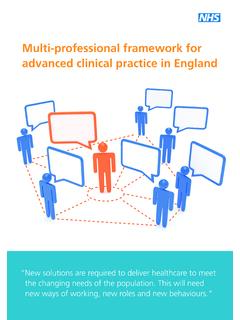

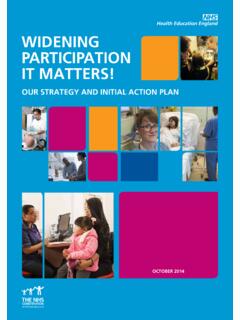


![Midlands [1 of 2] - hee.nhs.uk](/cache/preview/6/c/1/4/2/e/2/7/thumb-6c142e2790d053a442bd8a3e81c79697.jpg)





